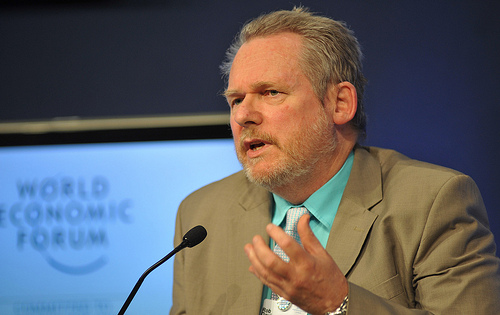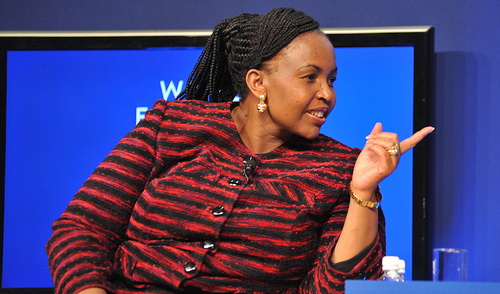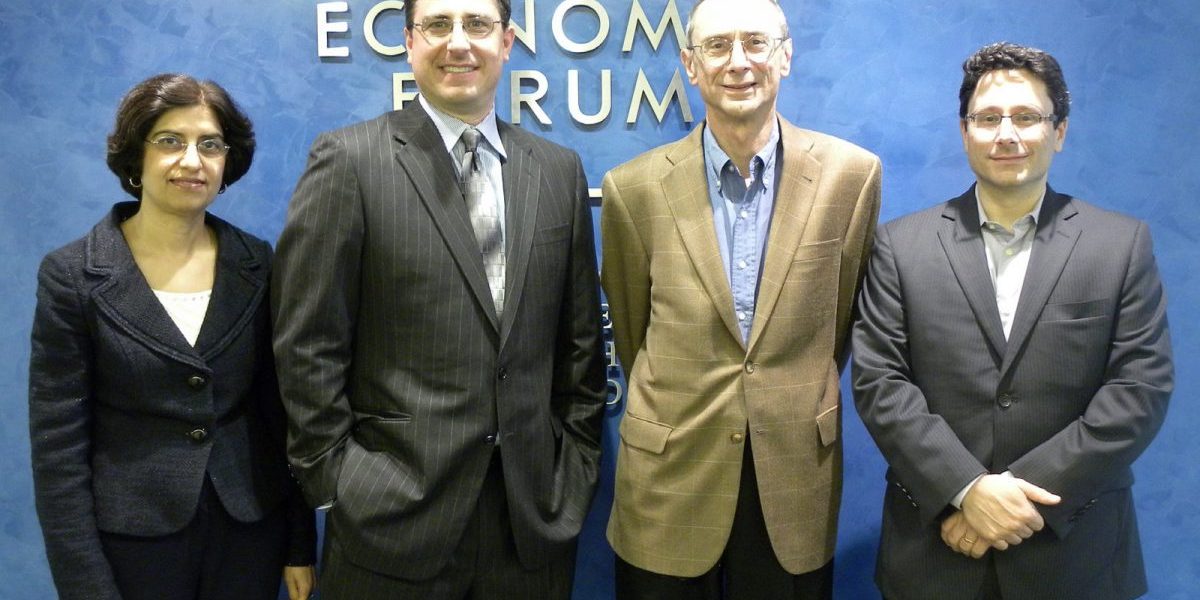The World Economic Forum is a driving force behind this growing ‘Afro-optimist’ perspective, and this was on display in Cape Town last week (3 – 6 May 2011). Broadly the story line encompasses relatively crisis resilient economies, growing middle classes, rapid growth of some economies, and increasingly business friendly and stable policy environments.
This was particularly the case concerning discussions over regional economic integration. The East African Community (EAC) is increasingly regarded as the success story, apparently confounding critics of African economic integration – myself included. Critics are concerned primarily with economic agglomeration, or concentration of economic activity in one beneficiary country – Kenya in the EAC case; resultant protectionist pressures in the losing countries; and reductions in tariff revenues causing pressure on fragile fiscuses.
In all three cases ministers and senior officials of continental institutions argued that the critics were wrong. Rwanda, for example, streamlined its revenue collection system and introduced VAT, with the net result being increased revenues for the fiscus. Tanzania overcame its protectionist lobby and has seen its exports to Kenya increase prodigiously; the same has occurred in Rwanda, Burundi, and Uganda, thus allaying fears of agglomeration. Consequently the five EAC member states are steaming onwards with the implementation of their common market and introduction of a common currency and central bank in 2012, notwithstanding all the problems associated with the European Union project.
However, it is not all plain sailing. The Economic Community of West African States (ECOWAS) has established similar institutional infrastructure to that of the EAC, but as we heard many internal border barriers remain including the simple fact that tariffs are still collected at all borders. Both blocs still face major regulatory divergences; hence great interest was expressed in the potential for mutual recognition agreements amongst member states to overcome these problems. To these issues we could add the legion of problems within the Southern African Development Community (SADC) and Southern African Customs Union (SACU). And with the exception of SACU all sub-Saharan groupings face major infrastructure deficits which impede and delay trade particularly for the many landlocked states.
There was apparent consensus that the key to overcoming these problems is through more integration, not less. It was argued that obtaining regional infrastructure funding, for example, is cheaper if pursued at the regional level. One key ingredient of success identified in the cases of the EAC and the Common Market for Eastern and Southern African States (COMESA) is to afford Secretariats sufficient autonomy and commensurate resources to drive the integration process. In the SACU case this is notoriously lacking since South Africa does not wish to cede policy space to the regional level.


Nonetheless, the South African government seems to be waking up to the possibilities of the regional market, particularly the fact that proportionately more of our value-added exports find their way into the sub-continent. This is expressed in Trade Minister Rob Davies’ touting of the trilateral Free Trade Agreement (T-FTA) encompassing SADC, COMESA, and the EAC as representing a historic opportunity to integrate markets ‘from Cape to Cairo’. The politics of this process will be very interesting to watch, since for a change South African lobbies and the Department of Trade and Industry will be on the offensive, rather than hunkered down in their industrial policy trenches.
Minister Davies’ invocation of Cecil John Rhodes’ colonial enterprise leads me to the government’s broader ‘south-south relations’ strategy, and BRICS in particular. In a live CNBC television debate Foreign Minister Maite Nkoana-Mashibane stated that the grouping is an ‘anti-colonial’ force; a stance greeted with nodding approval from the Indian Commerce Minister. This led me to wonder whether the Minister, her Department, and the Indian Commerce Minister really understand the true nature of the grouping. Russia was and remains fundamentally a colonial power, indeed an empire in consolidation after a major retreat. Brazil achieved its independence from Portugal in 1822, and is governed by the descendants of the colonisers. Later she retrenched from this position and stated that BRICS is actually a bridge between north and south – a characterization I regard as more accurate and holding considerable potential.
There was also talk of a ‘fresh breeze of corporate alliances’ blowing in Africa; in other words the potential for BRICS companies to partner with African companies in developing joint projects in Africa. This fits with the WEF-inspired optimist perspective pervading the continent and its international partners and could come to constitute a useful adjunct to BRICS’ fundamentally geopolitical enterprise.
However, in the corridors and at the South Africa session, I encountered growing skepticism about the South African government’s management of our economy – as captured in Peter Bruce’s ‘Thick end of the wedge’ column in Monday’s Business Day. This encompasses business skepticism concerning the emphasis on state-driven development in government’s New Growth Path; worries over what appears to be an increasingly interventionist attitude to foreign direct investment into South Africa and recourse to the Competition Authorities to act as a quasi-inward investment regulator (with reference to the Wallmart and Kansai takeovers); great concern over government closures of clothing factories in Ladysmith, KwaZulu-Natal; and resultant concerns over who is actually driving economic policy.
Consequently I detected a growing feeling in the international and domestic investor community that South Africa is not getting it right, whereas better opportunities are emerging elsewhere in the sub-continent. This may explain why many South African businesses hoard large retained earnings. Whilst this trickle is unlikely to immediately become a flood, if current trends continue then in five to ten years time the reality may be very different.
Apart from the implications this holds for South Africa addressing our unemployment crisis, a global shift of focus to selected African nations may threaten South Africa’s privileged status in elite international gatherings such as BRICS – after all Goldman Sachs included Nigeria and Egypt in their ‘Next 11’, but not South Africa.
Ultimately it may prove to be this factor more than domestic pressure that induces government economic policy responses in the direction of delivering a more investor-friendly and therefore growth oriented policy environment.








